How to Get Rid of Tomato Hornworms and Other Caterpillars in the Garden
Follow these steps to prevent, detect, and control the worst offenders
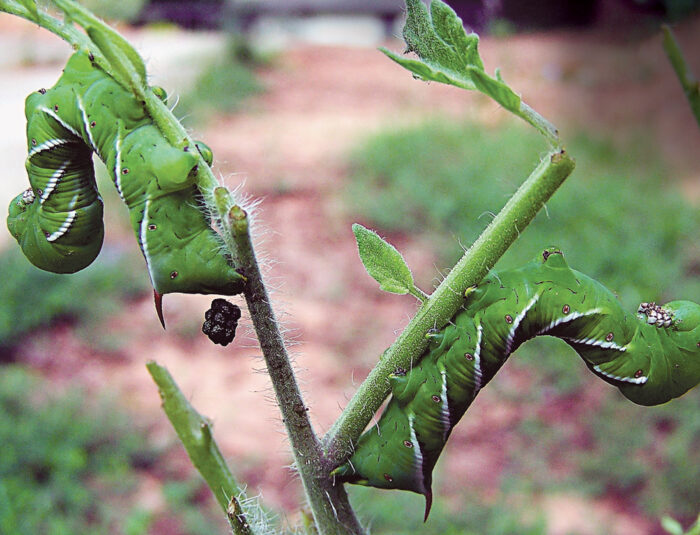
North America is home to more than 12,000 species of moths and butterflies of the order Lepidoptera. Some, like the luna moth, the blue morpho, and the monarch, are renowned for their beauty and grace, while others provide humans with silk or serve as a food source in certain cultures.
Learn more: Keep Caterpillars in Check in Your Garden
It is, however, the larvae of certain moths and butterflies (commonly called “caterpillars”) that are famous for behaviors that are of the greatest concern to gardeners. While most moths and butterflies sip nectar through a coiled, strawlike mouthpart, all caterpillars have superstrong chewing mouthparts, called “mandibles.” They use these sharp mandibles to tunnel through fruit, chop leaves into digestible pieces, saw holes through natural fabrics, and consume dried food. Many caterpillars are specialists, using only one plant species or a single plant family as a food resource. In the garden, where concentrations of a favorite food source can be readily found, caterpillars can wreak havoc in short order. If not controlled, the most troublesome caterpillars can defoliate a garden plant or an entire garden in just a few days.
Tobacco and tomato hornworms, imported cabbage worms, and cutworms are among the most familiar of these garden pests. With quick detection, a dose of prevention, and a few eco-friendly control measures, these nasty members of the Lepidoptera crew can, fortunately, be sent packing before their behavior gets out of hand.
Tobacco and tomato hornworms
These pests are the larvae of two different species of night-flying moths, one or both of which are found in each of the contiguous 48 states. Both tobacco and tomato hornworms are in the genus Manduca (meaning “to chew”) and feed on all members of the nightshade family, including tomatoes, tobacco, potatoes, eggplant, and peppers.
Adult hornworms are commonly called “sphinx moths” or “hawk moths.” Tobacco and tomato hornworm caterpillars have a soft spike or “horn” protruding from their hind end, and both species can reach 4 inches or more in length. They are bright green with various markings. Tobacco hornworms boast a red horn and seven diagonal white lines along each side. Tomato hornworms have a dark spike and eight white Vs positioned sideways down the length of their body. Both spend several weeks feeding on plants before migrating into the soil to pupate.
▶ Look for missing leaves at the top of the plant
Tobacco and tomato hornworm caterpillars leave behind dark pellets of excrement. Many times, these pellets are found before the caterpillars themselves are discovered. Feeding damage, in the form of missing leaves, occurs first on the tops of plants, where the caterpillars feed at night. During the heat of the day, caterpillars take shelter on or under interior leaves. Despite their large size, their propensity for hiding and their natural camouflage make hornworms hard to spot.
▶ The right flowers can help fend them off
While hornworm damage is difficult to prevent, there are a handful of things a gardener can do to help limit their numbers. Because hornworms often fall prey to numerous species of parasitic wasps, interplanting susceptible crops with parasitic wasp–luring flowering plants, such as sweet alyssum (Lobularia maritima and cvs., annual) or cosmos (Cosmos spp. and cvs., annual), boosts the population of these beneficial insects and increases predation. Because hornworm moths are nocturnal nectar feeders, keep their favorite sources out of the vegetable patch; flowering tobacco (Nicotiana spp. and cvs., annual), for example, is a favorite host plant for the caterpillars and a favorite nectar source for the adults. Also, avoid other light-colored tubular flowers around tomatoes, peppers, potatoes, and other hornworm-prone vegetables.
▶ I have hornworms: Now what do I do?
1. As mentioned above, tobacco and tomato hornworms fall prey to non-stinging parasitic wasps, which use them as hosts for their developing young. If you see a parasitized worm (one that has ricelike cocoons on its body), leave it alone.
2. Nonparasitized hornworm caterpillars can be controlled by handpicking or by applying one of two different organic biological pesticides. One group includes Spinosad-based insecticides that are derived from a fermented bacterial organism; the product is sprayed onto the leaves and ingested by the caterpillar, though it sometimes can kill on contact, as well. Bacillus thuringiensis (Bt) is another biological pesticide often used against hornworms.
Let nature have its way with hornworms
A tiny wasp, known as the cotesia wasp, measures only 1/8 inch long but can wreak havoc on tobacco and tomato hornworms. Female wasps deposit eggs into the caterpillar. Within a few days, the eggs hatch, and the larvae feed on the hornworm’s innards. The larval wasps spend about two weeks developing inside of the caterpillar before emerging through the skin, spinning cocoons, and pupating outside of the hornworm’s body. If you spot a hornworm with white ricelike sacs on its back, don’t disturb it. The caterpillar has already stopped feeding and will be unable to morph into an adult.
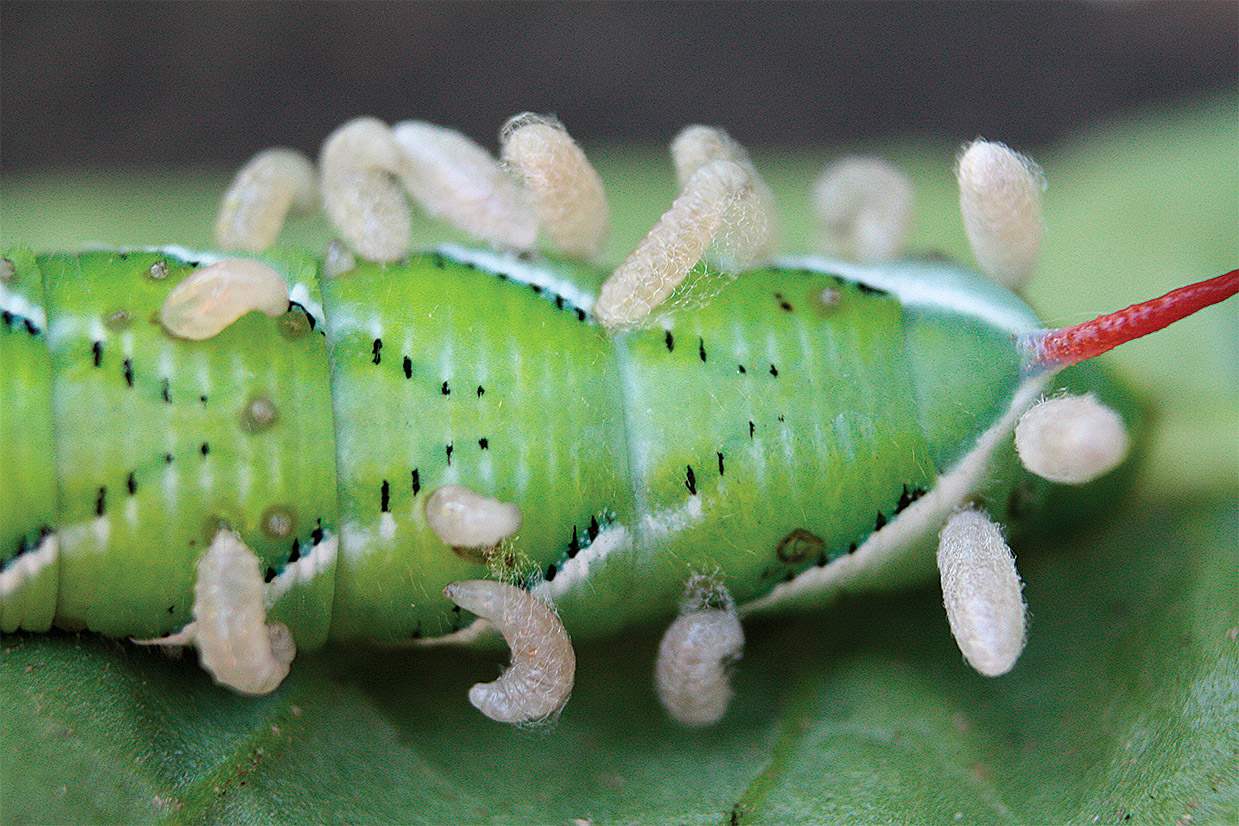
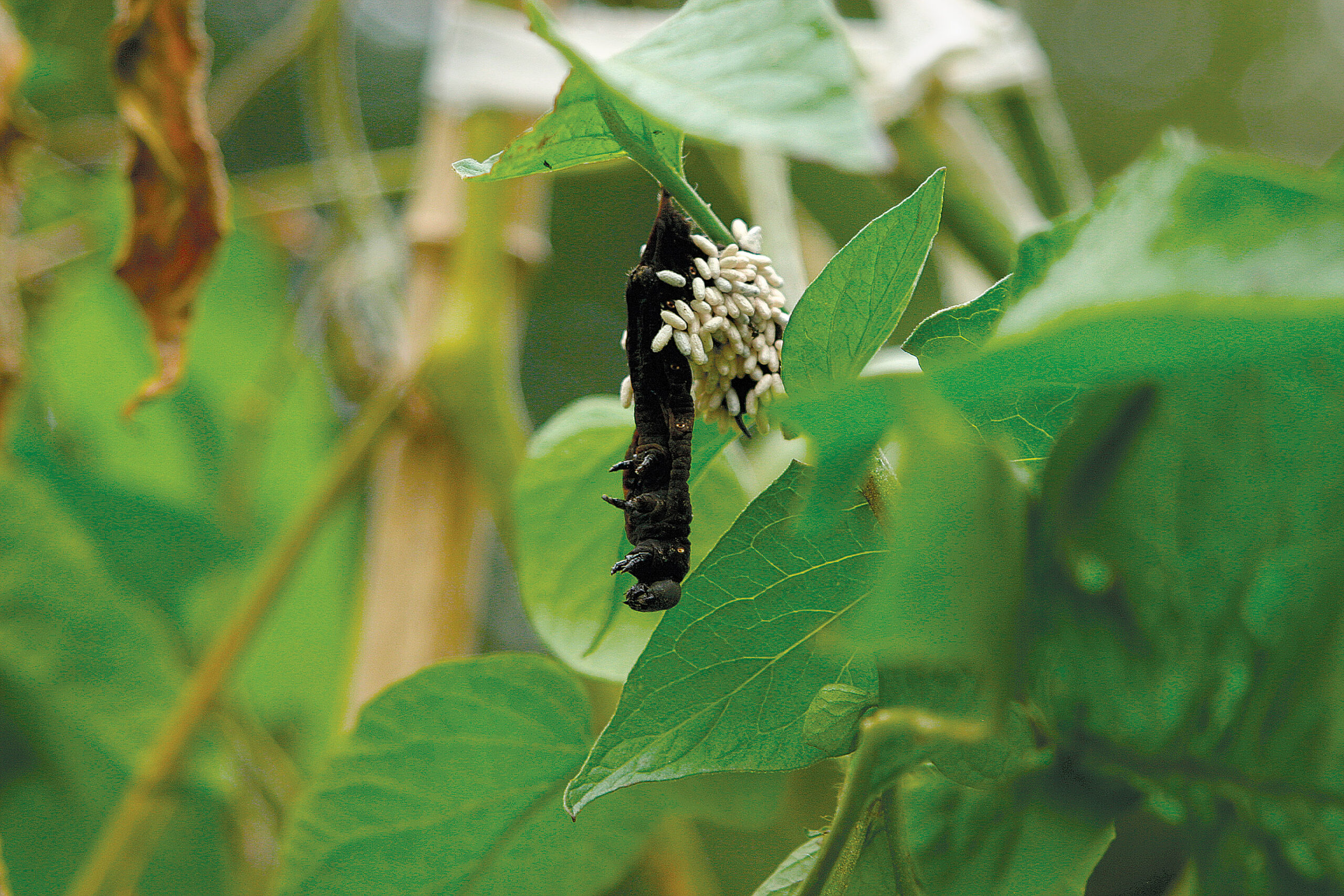
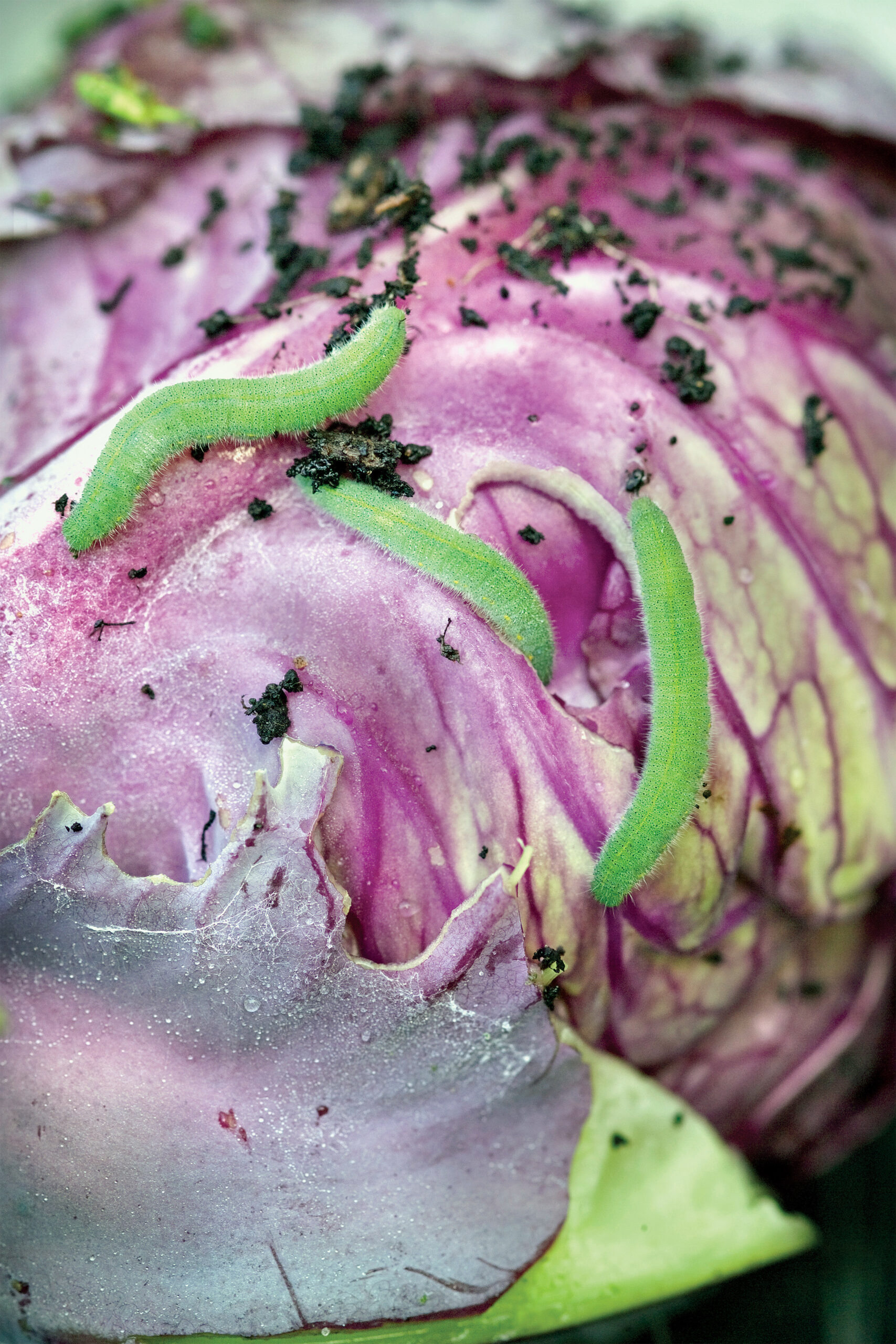
Imported cabbageworm
First found in North America in the mid-1800s, the imported cabbageworm has since become a ubiquitous pest across the continent. Although there once were many species of native cabbageworm, the imported cabbageworm has replaced them to become a significant pest. Adult butterflies have white wings that are tipped with a streak of black, and each wing has one or two black dots, depending on the sex of the butterfly. Females lay bullet-shaped, pale white to yellow eggs on host plants. Favorite host plants include cabbage, kale, Brussels sprouts, broccoli, cauliflower, kohlrabi, and other members of the Brassicaceae.
▶ Holes in leaves can be the first sign you have this pest
Imported cabbageworm caterpillars feed on foliage and flower buds. Damage starts as small holes, which might be confused with other pest damage from slugs or beetles, but quickly progresses until the leaves are completely skeletonized. Larvae can also burrow down into developing broccoli, cauliflower, and cabbage, causing round tunnels to appear in the heads.
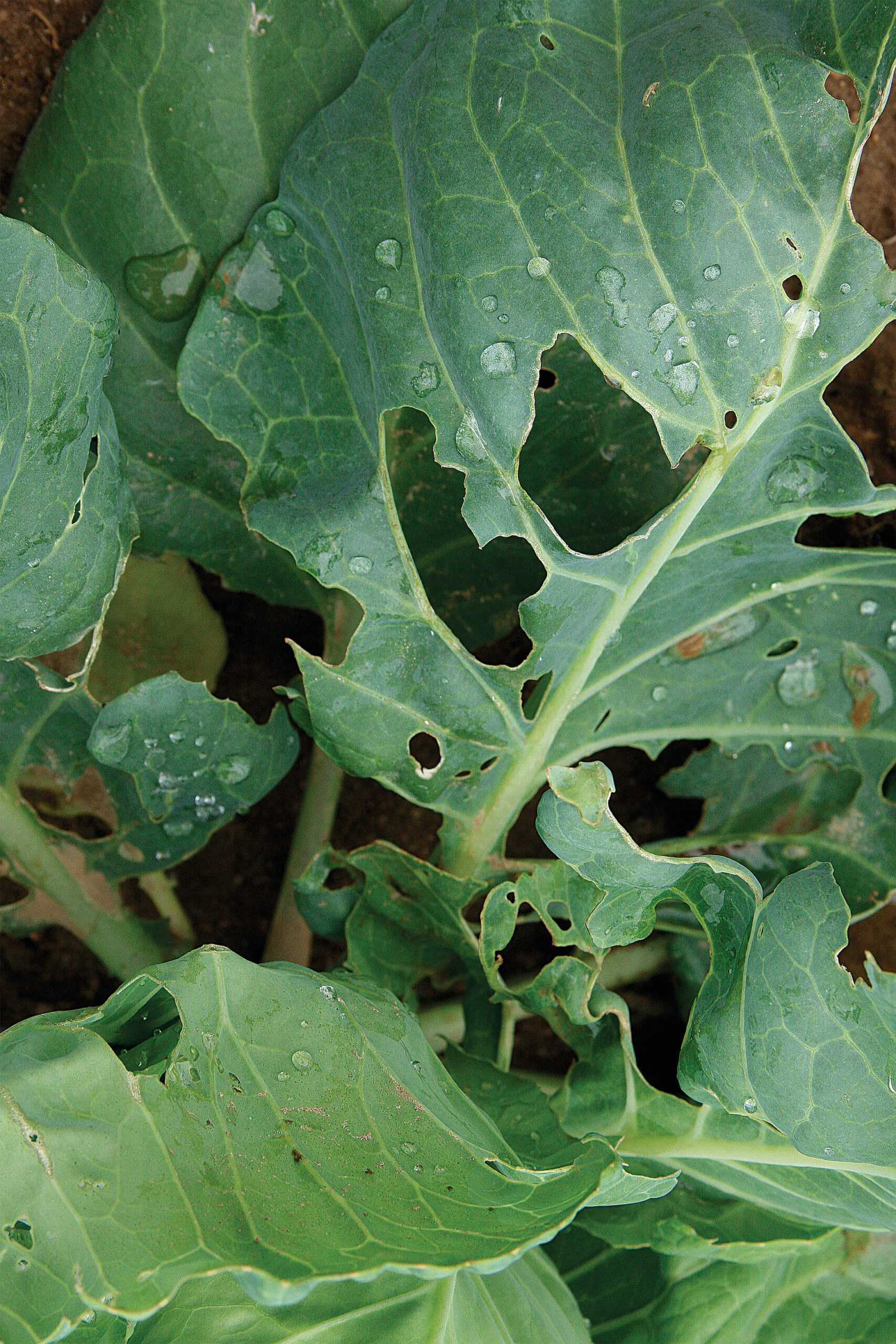
The presence of dark capsules of fecal matter is another indication of their presence. If damage or excrement is spotted, carefully examine the leaf’s top and underside as well as its midrib for the culprit. Young, newly hatched caterpillars are quite small and can be difficult to spot. Just before pupation, cabbageworm larvae can reach nearly 1½ inches in length. Caterpillars are velvety green with pale yellow longitudinal lines and dashes on their sides. Their life cycle lasts from three to six weeks.
▶ Row covers can keep worms off your plants
The first step in thwarting an onslaught of imported cabbageworms is to select less-susceptible cole crop varieties. In general, female butterflies avoid laying eggs on red-leaved cultivars. If these caterpillars have been problematic for you in the past, choose your varieties carefully. Tighter-headed cabbage varieties are also less prone to damage. Another way to foil cabbageworms is to install a protective barrier between plants and adult butterflies. Immediately after planting members of the cabbage family, cover them with a sheet of floating row cover. This spun-bound, translucent fabric is loosely laid over plant tops and pinned down into the soil. With the row cover in place, the female butterflies cannot lay eggs on the plants. Because cole crops do not require pollination, there is no need to remove the row cover. Leave it in place until harvest.
▶ I have imported cabbageworms: Now what do I do?
1. Rye flour and cornmeal cause cabbageworms to bloat and die. Sprinkle some on infested plants, and the pests will consume the grains as they feed on the plant’s foliage.
2. Many beneficial insects dine on imported cabbageworm caterpillars. Assassin bugs, predatory stinkbugs, spiders, and parasitic wasps are just some of the species that help control the population of this pest. Encourage these good insects by planting lots of flowering herbs and annuals in and around the vegetable garden.
3. Hang a few birdhouses around. Insectivorous bird species, like chickadees and wrens, love to hop from plant to plant, gleaning cabbageworms as they go.
4. For small gardens, handpicking is an effective control measure. Head out in the morning, when the insects are still, and search the leaves. Squish any caterpillars you find, or knock them into a jar of soapy water. Feed them to chickens if you have them.
5. Imported cabbageworm caterpillars can also be controlled by natural pesticides, including Spinosad-based products and Bt, and managed with applications of citrus oil.
Cutworm
The cutworm feeds on a broad range of host plants, including nearly all vegetable and ornamental seedlings, grains, and legumes. Female moths lay eggs on low-growing plants, then after feeding on foliage for a short time, the caterpillars drop to the soil, where they hide during the daytime. The cutworm actively feeds at night.
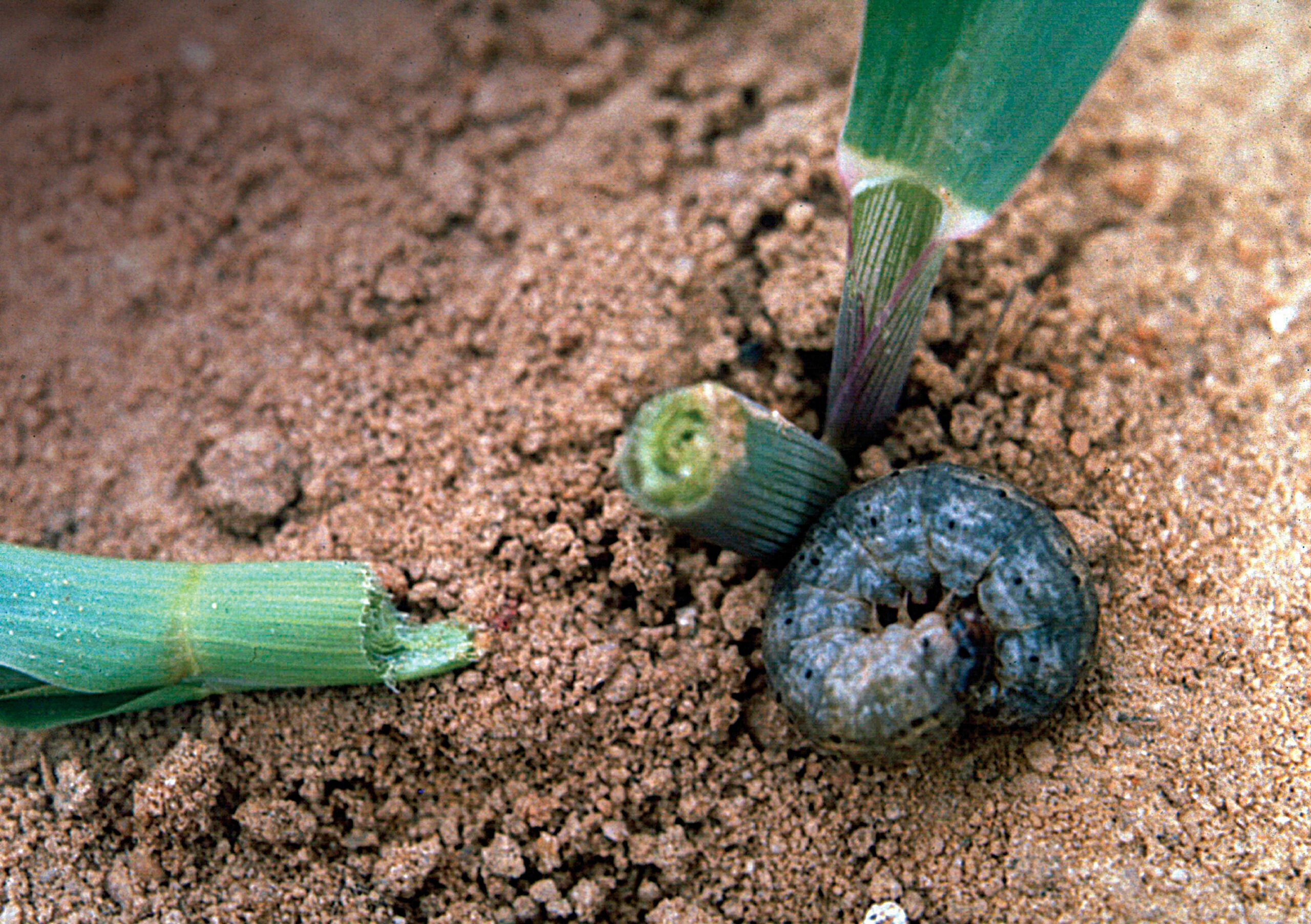
▶ Look for severed seedlings
The existence of cutworms is most often indicated by the presence of severed seedlings (photo above). Because they feed at or just below the soil surface, cutworms readily chomp through plant stems, cutting the shoot system off at ground level. After lopping off the seedling, some species of cutworms eat the entire detached stalk, while others move on, leaving severed shoots littered about the garden. Cutworms might also leave granular droppings around the base of wilting plants. Some species of cutworms do not completely sever seedlings; instead, they girdle the outer stem tissue, causing the plant to wilt.
▶ Collars can help keep cutworms at bay
Because adult moths use weeds as egg-laying sites, keep the early-spring garden and surrounding areas free of weeds. Turning over the garden in late fall exposes underground, overwintering pupae to both freezing and predation by birds. Cutworm damage also can be thwarted by installing a physical barrier around vulnerable seedlings. Collars of paperboard tubes or aluminum foil nestled around the base of each seedling and settled ½ inch into the soil will prevent cutworms from accessing the stem.
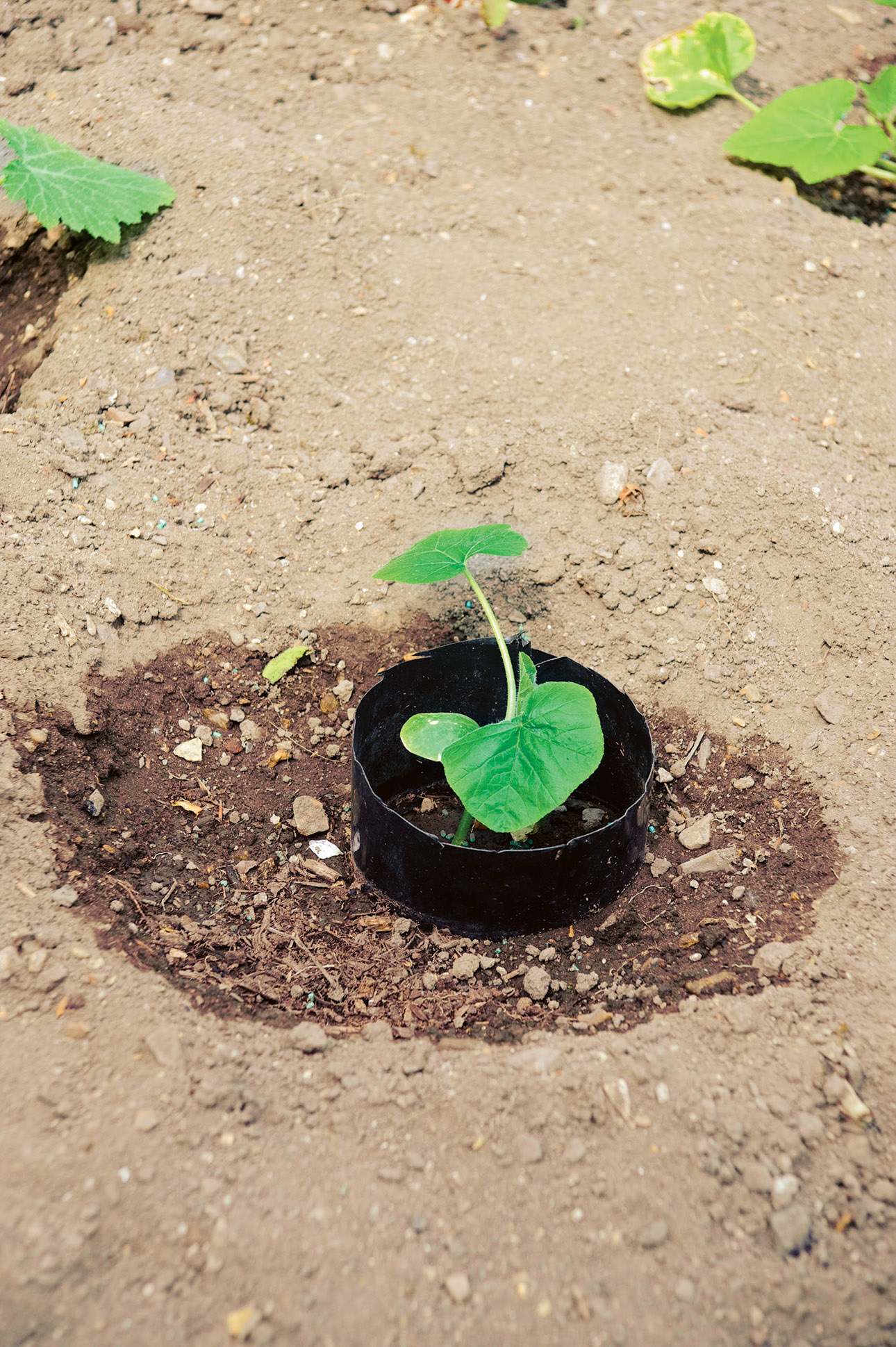
▶ I have cutworms: Now what do I do?
1. Bait cutworms with cornmeal or wheat bran are placed in sunken saucers throughout the garden. The caterpillars are attracted to the granules, but they cannot digest the cornmeal or bran and they quickly die.
2. Adult cutworm moths are heavily preyed upon by bats. Install a bat shelter 10 feet high in an area that gets about six hours of direct sunlight per day.
3. There are also many beneficial insects that use cutworms as a food source. Ground-dwelling beneficial, like spiders and beetles, hunt for cutworms at night, while numerous species of parasitic wasps and tachinid flies use cutworms as hosts for their developing young.
4. Beneficial nematodes are another organism that can be employed to control cutworm infestations. Two species of nematodes, Steinernema carpocapsae and Heterorhabditis bacteriophora, are effective against cutworms. They target both the caterpillars and the pupae and are mixed with water and sprayed onto the soil. Dusk is the best time for application, not only because the nematodes are killed by exposure to ultraviolet light but also because cutworms are most active at night. Applications of beneficial nematodes should take place in late spring or at the first sign of damage.
—Jessica Walliser is a horticulturist and author of four organic-gardening books, including Good Bug, Bad Bug, and Attracting Beneficial Bugs to Your Garden: A Natural Approach to Pest Control.
Photos: Tozeuma/courtesy of commons.wikimedia.org; Jessica Walliser; Stephanie Fagan; Andrea Jones; millettephotomedia.com; Lynn Felici-Gallant; Frank Peairs, Colorado State University/courtesy of commons.wikimedia.org; Howard Rice/gapphotos.com
Fine Gardening Recommended Products

Corona High Performance Orchard Loppers
Fine Gardening receives a commission for items purchased through links on this site, including Amazon Associates and other affiliate advertising programs.

ARS Telescoping Long Reach Pruner
Fine Gardening receives a commission for items purchased through links on this site, including Amazon Associates and other affiliate advertising programs.
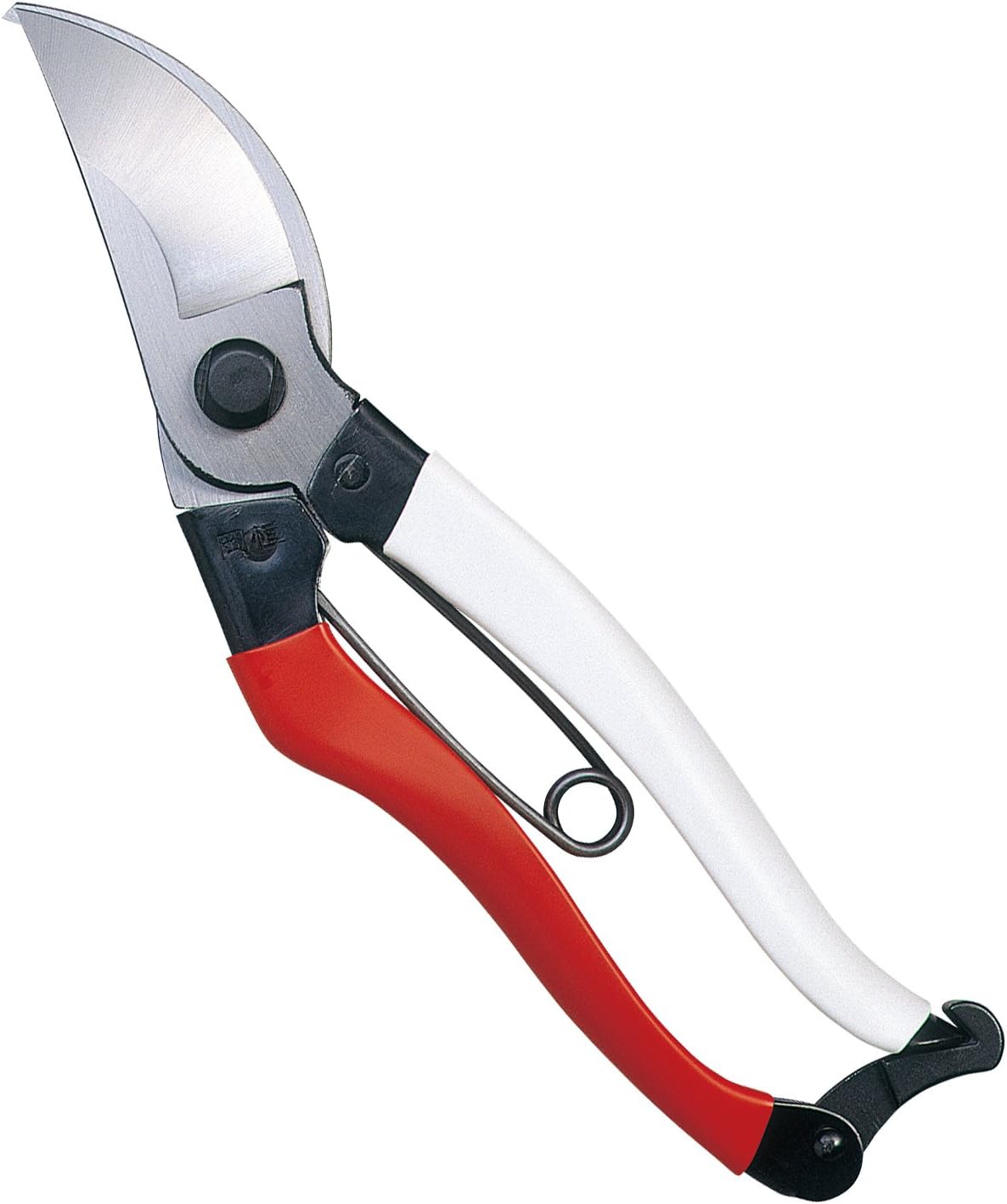
Okatsune 103 Bypass Pruners General Purpose Medium
Fine Gardening receives a commission for items purchased through links on this site, including Amazon Associates and other affiliate advertising programs.






Comments
Log in or create an account to post a comment.
Sign up Log in